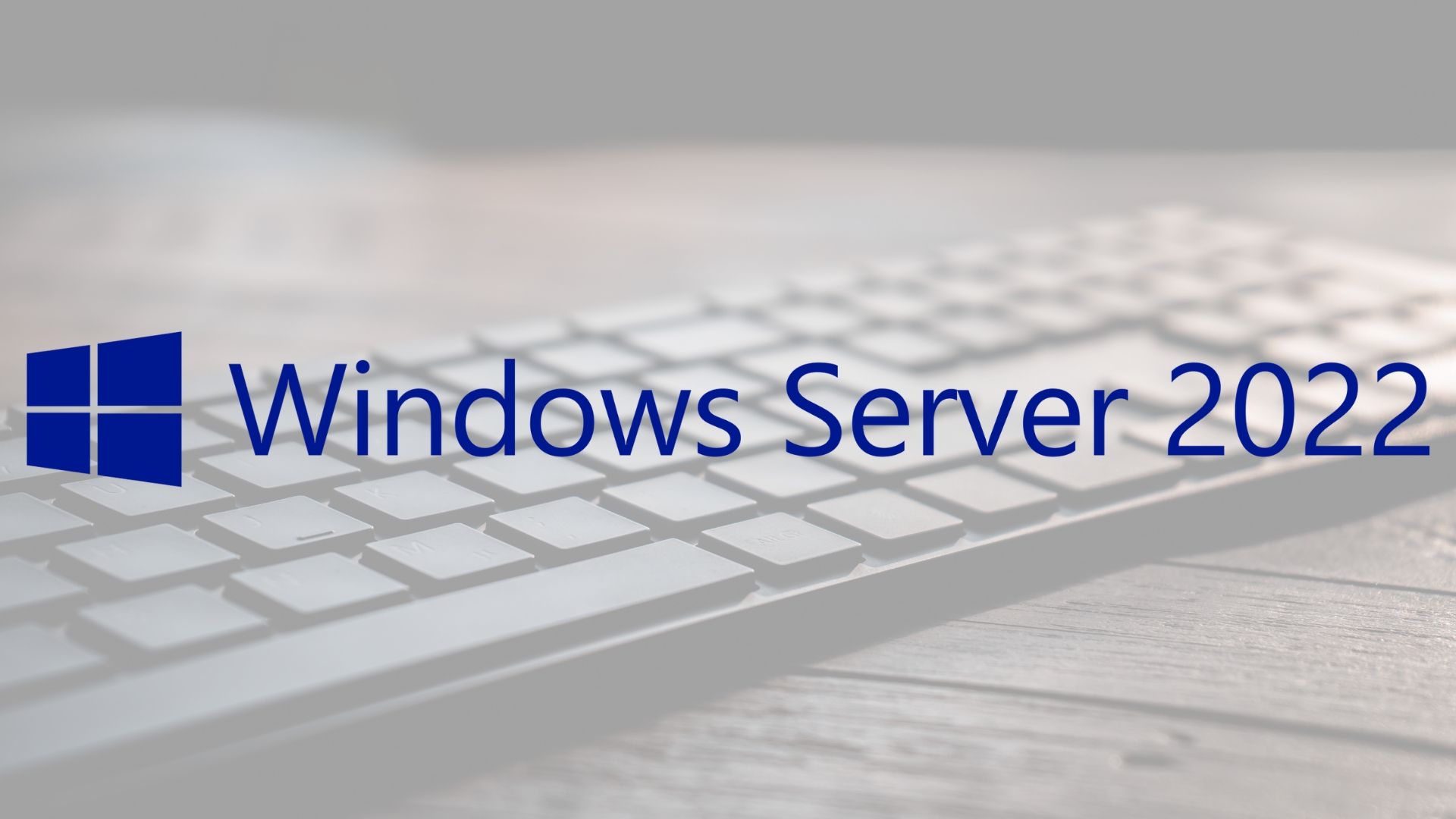Windows Server 2022 Operating System: Revolutionising IT Infrastructure
In a world where server technology is critical to business success, Windows Server 2022 presents itself as a revolutionary solution. With this article, we invite you to explore the Windows Server 2022 operating system, focusing on licensing options, planning and evaluation, to provide a comprehensive guide for technology professionals and enthusiasts.
Discovering the Windows Server 2022 operating system
Windows Server 2022 operating system represents a significant advancement in server operating systems, with improvements in security and performance. Its integration with Azure and end-to-end security make it the ideal choice for businesses of all sizes looking for efficiency and scalability.


Navigating Windows Server 2022 Licensing Options
A clear understanding of licensing options is crucial to maximising your investment in Windows Server 2022. This operating system offers several editions and options, each designed to meet different needs and usage scenarios. Here are the main ones:
Windows Server 2022 Standard. This edition is ideal for physical or lightly virtualised environments. It offers basic virtualisation features and is suitable for small to medium-sized businesses. It includes essential Windows Server features such as Windows Admin Center, containers, and a variety of storage and networking options.
Windows Server 2022 Datacenter. Suitable for highly virtualised environments such as data centres and private clouds. Offers all the features of the Standard edition, plus advanced capabilities such as Shielded Virtual Machines, Storage Spaces Direct and Software-Defined Networking (SDN). Provides unlimited licensing for virtual machines and Hyper-V containers.
Windows Server 2022 Essentials. Designed specifically for small businesses with up to 25 users and 50 devices. It is less expensive, but has limitations in terms of virtualisation capacity and does not include some of the advanced features available in the Standard and Datacenter editions. Does not require Windows Server Client Access Licenses (CALs).
Planning and evaluation
The planning and evaluation phase is critical in the implementation of the Windows Server 2022 operating system. This is where the foundations for a successful implementation are laid. I will go into more detail in this section below:
1. Needs and Requirements Analysis
Identify Business Needs: Understand your specific business needs: What server roles will you need, what are your virtualisation, storage and networking requirements?
Select the Right Edition: Based on your needs, choose between Standard, Datacenter, etc. editions. Consider features, virtualisation capabilities and licensing options.
2. Hardware Requirements Review
Hardware Compatibility: Verify that your current hardware is compatible with Windows Server 2022. This includes processor, memory, storage and network adapters.
Performance Assessment: Make sure your hardware can support not only the basic installation, but also the anticipated workloads. This could include evaluating CPU, RAM, and storage capacities.
3. Network and Storage Infrastructure Planning
- Network Structure: Design or evaluate your current network. This includes IP, DNS, gateway and network segmentation configurations.
- Storage Solutions: Consider your current and future storage needs. Will you need Storage Spaces Direct, or cloud storage solutions as part of your infrastructure?
4. Software and Application Evaluation
Application Compatibility: Verify that your current applications are compatible with Windows Server 2022. This is crucial to avoid incompatibility issues after the upgrade.
Migration Planning: If you are upgrading from a previous version, plan the migration of your services and data. This may include Active Directory, databases, applications and other critical services.
5. Security Considerations
Security Strategy: Define how you will handle server security. Consider aspects such as group policies, firewall configuration, antivirus/antimalware solutions and intrusion prevention.
6. Licensing Strategy
Licensing Model: Understand the Windows Server 2022 licensing model and how it applies to your situation. This includes the number of processor cores, virtual instances and user access requirements.
7. Resource Planning and Budgeting
Cost Estimation: Calculate total costs, including hardware (if necessary), software and licenses.
Resource Allocation: Make sure you have the necessary resources, including technical staff and time, for a successful implementation.
8. Documentation and Roadmap
Documentation of Current Infrastructure: Maintain up-to-date records of your current IT infrastructure.
Implementation Roadmap: Create a detailed implementation plan that includes timelines, milestones and responsibilities.


By focusing on thorough planning and assessment, you can ensure that your Windows Server 2022 deployment is well informed, minimising risk and paving the way for a smooth and efficient transition.
Deploy Windows Server 2022 operating system successfully!
Successful deployment of the Windows Server 2022 operating system is a crucial step towards modernising and strengthening the IT infrastructure in any organisation. Through careful planning and assessment, ensuring that hardware and software are aligned with system requirements, and paying special attention to networking and storage needs, businesses can take full advantage of the advanced capabilities offered by Windows Server 2022.
In addition, rigorously addressing security considerations, licensing strategy, and resource and budget preparation will ensure that the deployment is not only technically and economically feasible, but also secure and in line with industry best practices.
Finally, deploying Windows Server 2022 is not just an operating system upgrade; it is an investment in the future of your company's IT infrastructure. With its wide range of innovative features and its ability to adapt to diverse business environments, Windows Server 2022 is well positioned to support your business operations today and evolve with the technology needs of tomorrow. By adopting this advanced operating system, your business will be well equipped to meet current and future challenges in the dynamic world of information technology.







